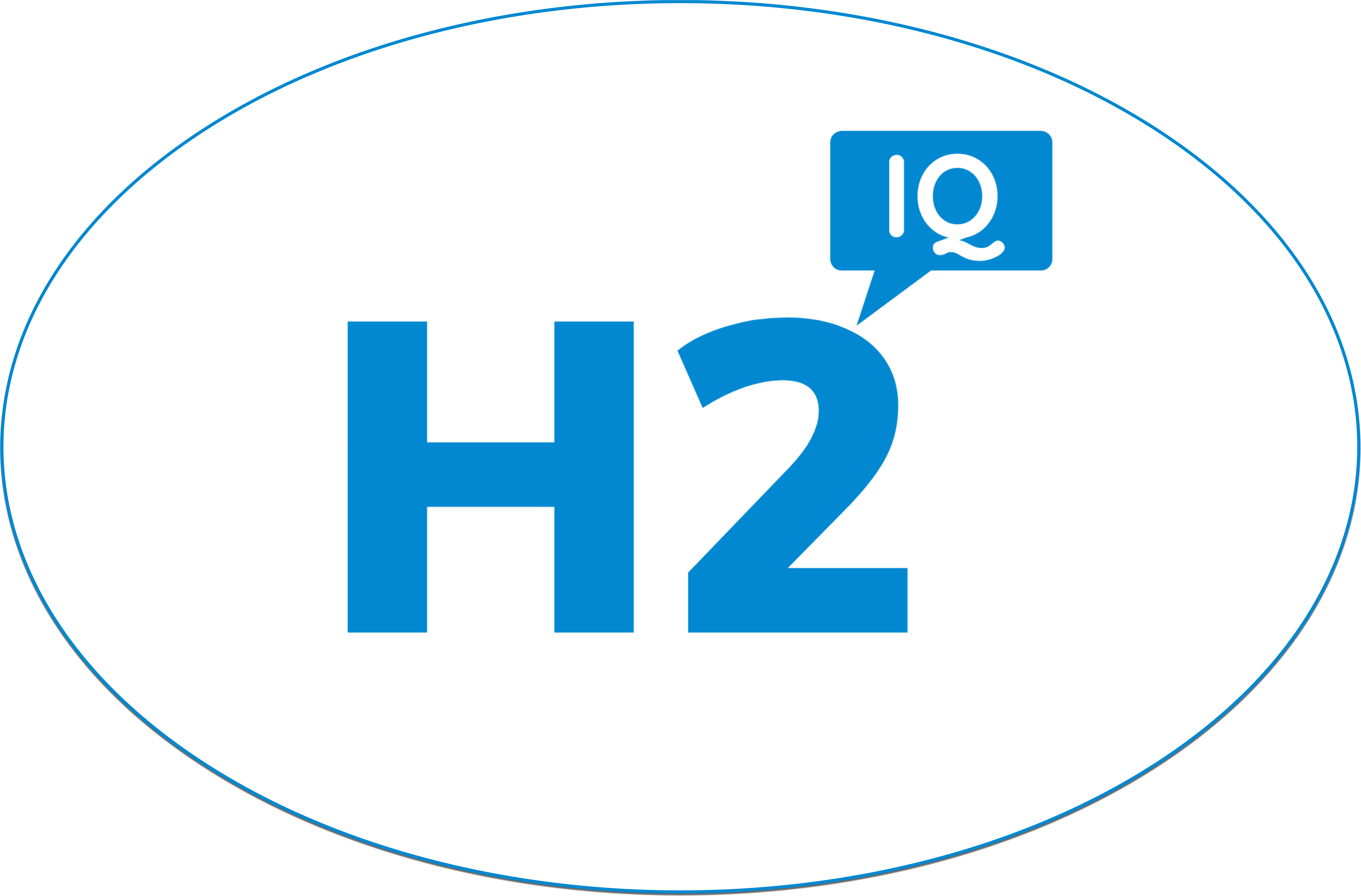Introduction
Environmental, Health, and Safety (EHS) Managers play a pivotal role in steering their companies towards sustainable practices. In this quest, two organizations stand out as critical resources for environmental reporting and impact assessment: EcoVadis and the Carbon Disclosure Project (CDP). This article delves into the offerings of each organization and provides comparative insights to help EHS Managers make informed decisions.
EcoVadis: Pioneering Sustainability Ratings
EcoVadis offers a comprehensive sustainability rating platform that evaluates companies on a range of environmental, social, and governance (ESG) criteria. With over 2 million companies screened and 130,000 rated, EcoVadis has a significant global reach. Its services are tailored to aid businesses in managing ESG risks, achieving sustainability goals, and driving positive environmental impact at scale.
Highlighted features include:
- Risk mapping to identify potential ESG vulnerabilities.
- Customized sustainability ratings to benchmark and improve practices.
- Carbon management tools to address scope 3 emissions and climate change mitigation.
- Educational resources through the EcoVadis Learning Academy.
For example, Air France-KLM has leveraged EcoVadis’ expertise in supplier evaluation to enhance its sustainability initiatives, notably improving its overall ESG performance and transparency in its supply chain.
Furthermore, companies like Johnson & Johnson have utilized the EcoVadis platform to assess and improve their sustainability profiles, which has led to better investor relations and customer trust. The platform’s ability to provide clear metrics and actionable insights makes it an invaluable tool for businesses looking to make a tangible impact on their sustainability journey.
Carbon Disclosure Project: Advocating for Transparency
The CDP operates as an international non-profit dedicated to encouraging the disclosure of environmental impact data from companies, cities, and governments. Its aim is to normalize environmental reporting and foster a sustainable economy. With almost 18,700 organizations disclosing through CDP, its influence is substantial.
Key aspects of the CDP include:
- A standardized framework for environmental disclosure.
- Programs targeting climate change, water security, and deforestation.
- Leadership indices to recognize environmental stewardship.
- A global presence with operations in multiple countries.
Under the leadership of CEO Sherry Madera, the CDP continues to expand its impact and reach, empowering organizations to measure and manage their environmental information effectively. Companies like Walmart have engaged with the CDP to enhance their strategies for reducing carbon emissions and to set science-based targets for climate action.
Comparative Analysis for EHS Managers
EHS Managers looking to enhance their company’s environmental reporting capabilities will find distinct advantages in both EcoVadis and the CDP. EcoVadis provides a detailed assessment tool for internal and supply chain sustainability, while the CDP focuses on broader disclosure and environmental transparency. The choice between the two may depend on specific organizational goals, industry standards, and the desired scope of impact. Furthermore, the integration of both tools can provide a comprehensive overview of a company’s sustainability performance, allowing for more strategic decision-making.
Incorporating both EcoVadis and the CDP into a company’s sustainability strategy can lead to improved stakeholder engagement and a stronger reputation for corporate responsibility. For instance, a multinational corporation may use EcoVadis to conduct deep dives into its supply chain while relying on the CDP’s framework for its public sustainability reporting.
Conclusion
Both EcoVadis and the Carbon Disclosure Project offer valuable services that support the objectives of EHS Managers in promoting environmental stewardship. By utilizing the resources provided by these organizations, EHS Managers can drive meaningful change and contribute to a more sustainable future.
For more insights on sustainability and environmental reporting, visit H2IQ.org, your hydrogen and energy information resource.





